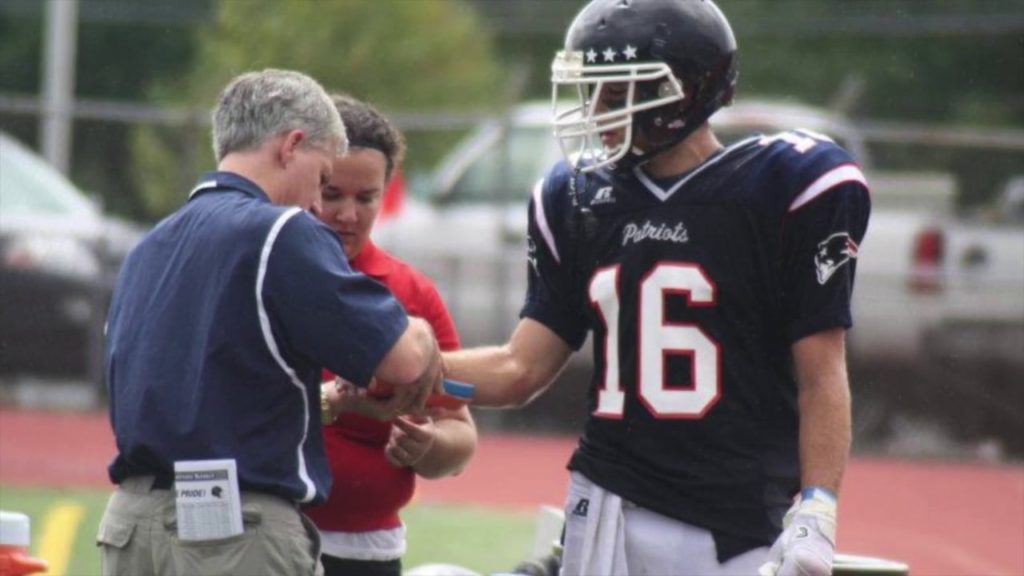
A lot of people think sports medicine is solely the treatment they receive after an injury. In reality, however, that is just a single part of the wider concept. For instance, professionals like James P Devellis send extensive amounts of time analyzing what the cause of injuries is, and their effect. Indeed, participating in research is a prerequisite to be able to practice in the field of sports medicine.
When someone sustains an injury, they must immediately receive first aid. This prevents the injured parts from sustaining more damage. It is vital that treatment is delivered straight away, which is why everyone in an athlete’s team should have a basic understanding of first aid. Everyone must know how to prevent swelling and how to seek further help. This helps to ensure injuries will heal quicker and better. However, sports medicine is about far more than that.
Understanding Sports Medicine
Sports medicine is mainly charged with building an understanding of common reasons for injuries, and how they should be properly treated. Ultimately, the goal is to make sure more athletes can continue to participate in sports in a safe manner, while ensuring any injuries heal as quickly as possible. This includes developing diagnostics techniques for more significant injuries. All an athlete wants to do is return to their sport, and it is the role of the sports medicine physician to make sure they are truly ready to do so.
Thanks to research in sports medicine, various important developments have been created in the field of medicine as a whole. For instance, it is now known that a stress fracture can be avoided if athletes stretch and warm up before they start in an event. The field has also enabled a greater study and understanding of how different body parts move when a sport is played. This means physicians now understand how specific injuries can happen in certain situations. This knowledge, in turn, helps to develop better preventative measures.
Another thing that has been uncovered by sports medicine researchers, is that women are more likely to sustain injuries. Yet, if women receive specific training on how to avoid injuries, they reduce their chances to be on an equal playing field with men. Naturally, researchers have also found out what this training should look like.
But perhaps the greatest improvement of all is that there have been huge developments in how injuries are treated acutely, and what should happen next. This has given rise to new physiological and physical therapies that enable people to heal without having to resort to surgery. Best of all, they have done this in such a way that the athlete can continue to participate in their sport, so that they don’t lose their physical condition. In so doing, recovery time is greatly reduced, more so than anyone would have expected.
Sports injuries will always happen. However, thanks to advances in the field of sports medicine, they no longer have to mean the end of the world. The days of an athlete’s injury meaning the end of their career, are long gone.


